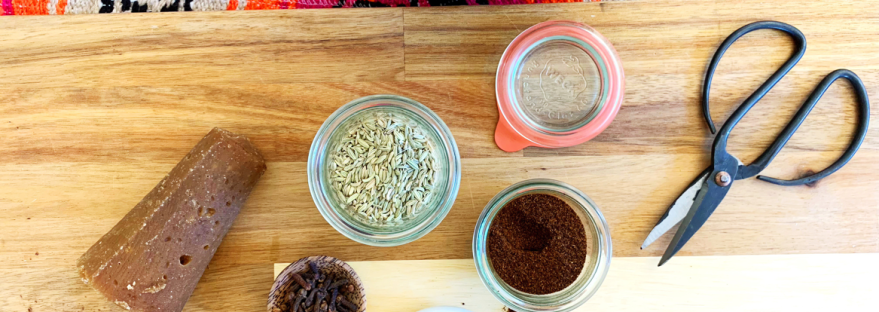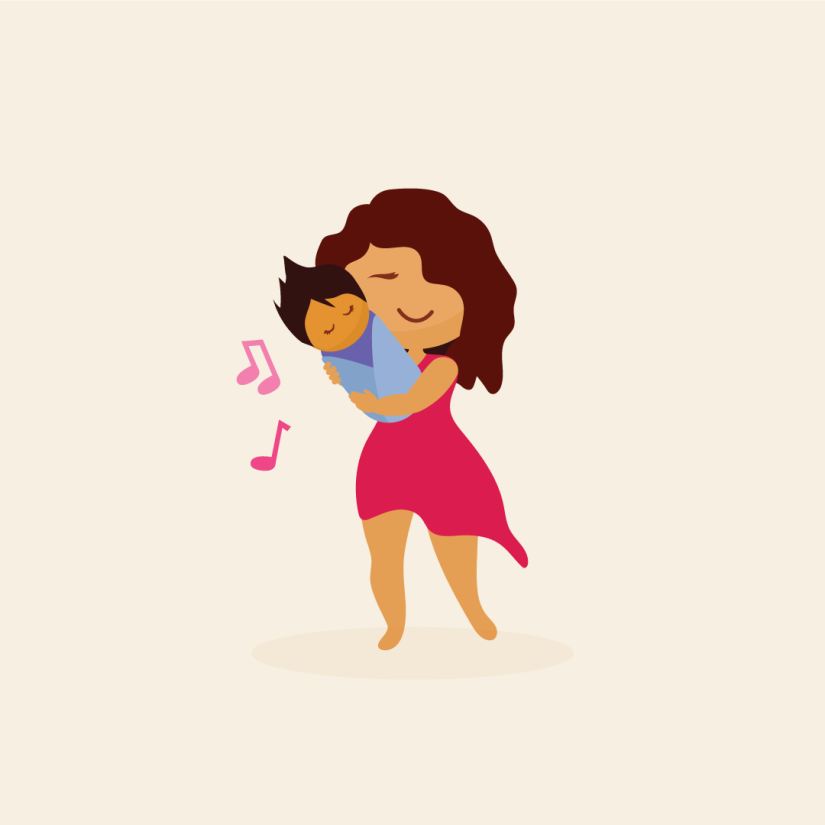
Stress and How it Can Affect Your Health and Weight
Stress can affect your health and your weight. To understand more, let’s review a simple definition. Stress is your body’s reaction to change. All change is stressful. Any kind of change that causes your body or mind to react is stress. All of us have stress. We can experience it from any change in our everyday life. You can’t avoid it. Both happy and sad changes can cause us stress. Long-term stress, or chronic stress, however, can be harmful to your health. It can also make it harder for you to get to a healthy weight.
Scientists are beginning to call chronic or long-term stress, Toxic Stress. Dr. Thornburg, Director of The Moore Institute at Oregon Health Sciences University has this to say: “Toxic stress, also referred to as chronic stress, is frequent or prolonged exposure to adversity. This can take the form of abuse, neglect, exposure to violence, or extreme economic hardship.”
Cortisol, the Stress Hormone
Dr. Thornburg explains that any type of stress causes a number of hormones to be released directly into the bloodstream. In the short-term these hormones help a person cope in response to a perceived threat. One of those hormones that can help a person cope with stress is cortisol. However, he goes on to explain, when a person experiences chronic stress or long term stress, the body produces too much cortisol and for a longer period of time. He compares it to the “body’s alarm button getting stuck in the ‘on’ position.”
Other studies suggest that when levels of cortisol stay high throughout the day, the body has a hard time adjusting. This long-term release of cortisol is linked to gaining weight around your waist. (Las Lonjitas.) Having this extra weight around our middles puts us at higher risk for chronic conditions, such as diabetes and heart disease. Studies are finding that cortisol may also cause an increase in appetite and cravings. So, it’s not a myth that stress can cause you to want more Cheetos, papitas y chicharrones.
Okay, that is the bad news, Comadres! But the good news is that the better you are at coping with stress, the better your chances are at protecting yourself from its negative effects.
The first step in solving a problem is to become aware of it. The second step is to make a plan to tackle it!
Take these steps to cope with stress:
- Learn to recognize the warning signs of stress. Pay attention to yourself. Ask yourself: “Have there been lots of changes in my life lately?” Are you feeling moody, angry or irritable? Do your muscles feel tight? Clenching your jaw at night when you sleep?
- Have you noticed that you eat for emotional reasons? Ask yourself if you are physically hungry or emotionally hungry?
- Eat a healthy diet. Eat more vegetables, lean protein and whole grains. Check out the De Las Mías 9 Step Eating Plan. And the Daily Checklist on our App! Check those healthy habits ever day!
- Are you craving salty, crunchy, fatty, or sugary foods? Do yourself a favor and take these foods out of your house, desk, car, and/or mattress.
- Keep a food diary or use one of our De Las Mías tools in the app to track your food and moods. Look for patterns. Does your mood affect your food choices?
- Get support. Talk to your comadres, friends, sisters or mom about problem solving.
- Make a plan. Ask for help.
- Move your body, Muchacha! Go for a walk. Dance up a storm. Have sex.
- Get some shut-eye! Sleep is super important. If you aren’t getting good sleep, figure out how you can. Ask for professional help if you need it.
- Keep a journal and write your feelings down. You can get great relief from keeping a diary just like when you were a little girl. Remember? Get yourself a worry box. I have one! If I am worried about something and the worry won’t go away, I write it down and put it into my worry box. It’s easier for me to let it go that way. Try it!
- Learn to practice deep relaxation. Take deep breaths. Do Yoga. Stretch. Pray the rosary. Knit. Crochet. Embroider. These are all good ways to manage stress.
And, Comadres, please, if you feel helpless or hopeless and all your ganas are gone, or if you have been crying or thinking sad thoughts for more than two weeks, please ask for professional help. Go to your comadre, a priest, a pastor or a nun. Seek the help of a counselor, social worker, doctor or nurse. Tell someone, but please don’t suffer alone. If you ever think of harming yourself or others, call: 1-800-273-8255. En español: 1-800-628-9454
Sources:
Torres. Nowson. Relationship between stress, eating behavior, and obesity. Nutrition. 2007 Nov-Dec;23(11-12):887-94. Epub
Harding, et al. Psychosocial stress is positively associated with body mass index gain over 5 years: evidence from the longitudinal AusDiab study.Obesity (Silver Spring). 2014 Jan;22(1):277-86. doi: 10.1002/oby.20423. Epub 2013 Jun 13.
https://www.nimh.nih.gov/health/publications/stress/index.shtml
Epel ES, et al. Stress and body shape: stress-induced cortisol secretion is consistently greater among women with central fat. Psychosom Med 2000 Sep-Oct;62(5):623-32.













 Now that my daughter is older she’s sleeping up to 6 hours a night, which I never knew I’d be so excited about 5+ hours of sleep! I’m back at dance and starting to feel my strength back, but it’s a journey. I’m not back to my pre-pregnancy self, and that’s okay. I decided to be kind with myself. It might take a year or longer for me to feel as strong, flexible and have the stamina I had before pregnancy. The social isolation is still something I have to work on. We’re the first ones in our circle of friends to have a child and so everyone is still figuring out what that means. And I realized I have to take care of me and speak up about what I need, which means being proactive about getting together with friends.
Now that my daughter is older she’s sleeping up to 6 hours a night, which I never knew I’d be so excited about 5+ hours of sleep! I’m back at dance and starting to feel my strength back, but it’s a journey. I’m not back to my pre-pregnancy self, and that’s okay. I decided to be kind with myself. It might take a year or longer for me to feel as strong, flexible and have the stamina I had before pregnancy. The social isolation is still something I have to work on. We’re the first ones in our circle of friends to have a child and so everyone is still figuring out what that means. And I realized I have to take care of me and speak up about what I need, which means being proactive about getting together with friends.










